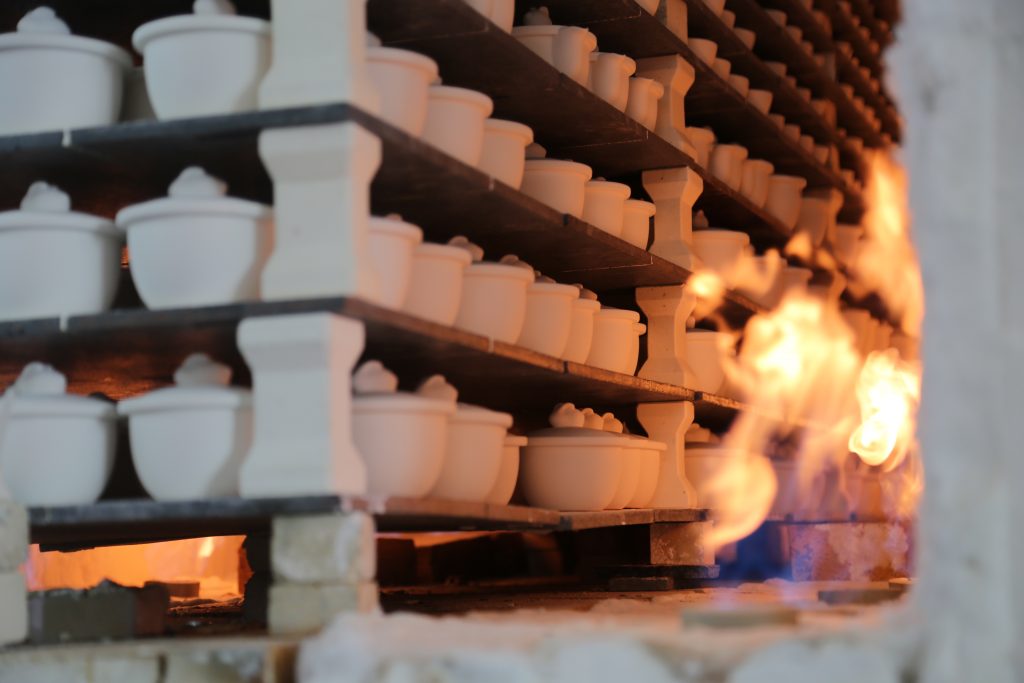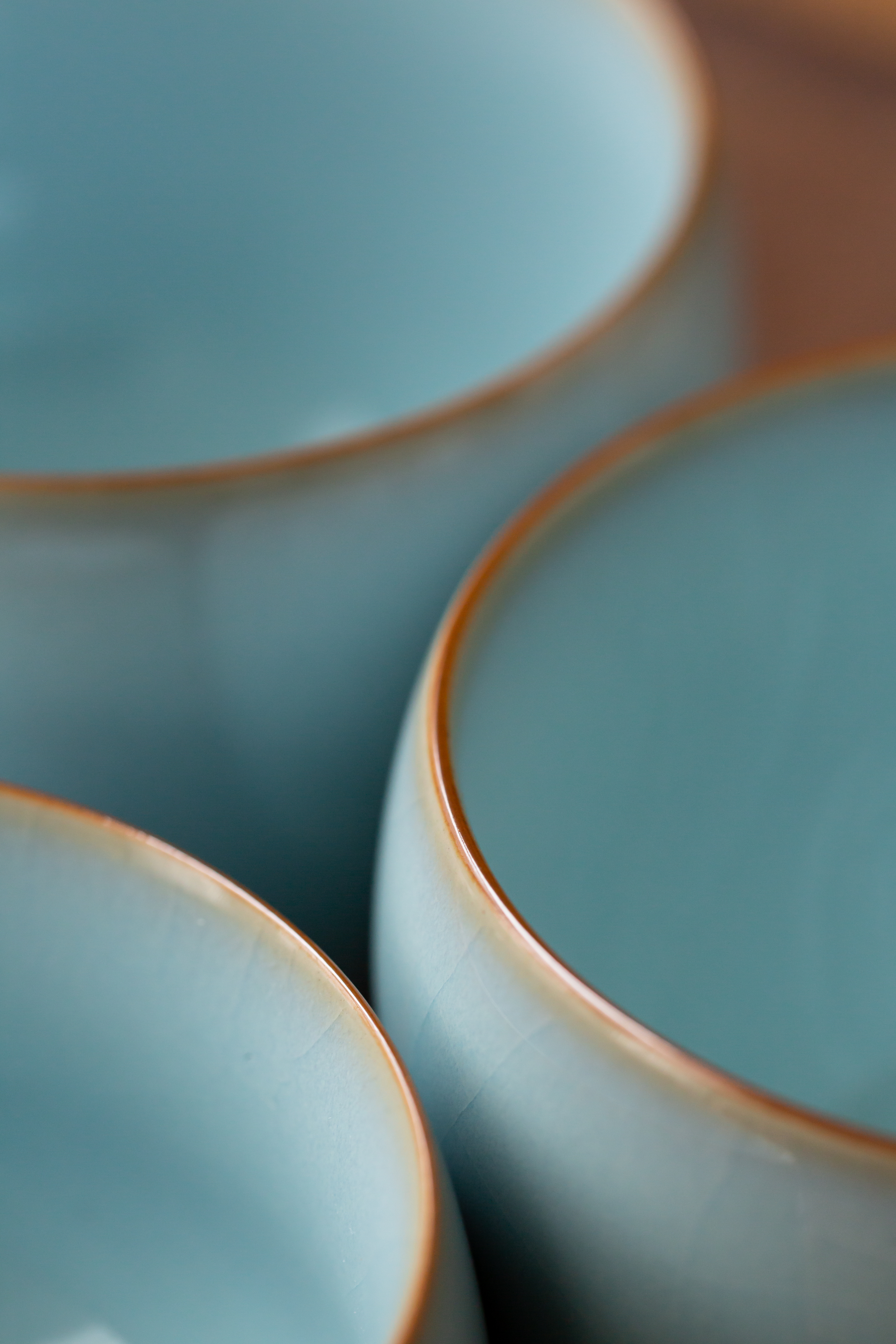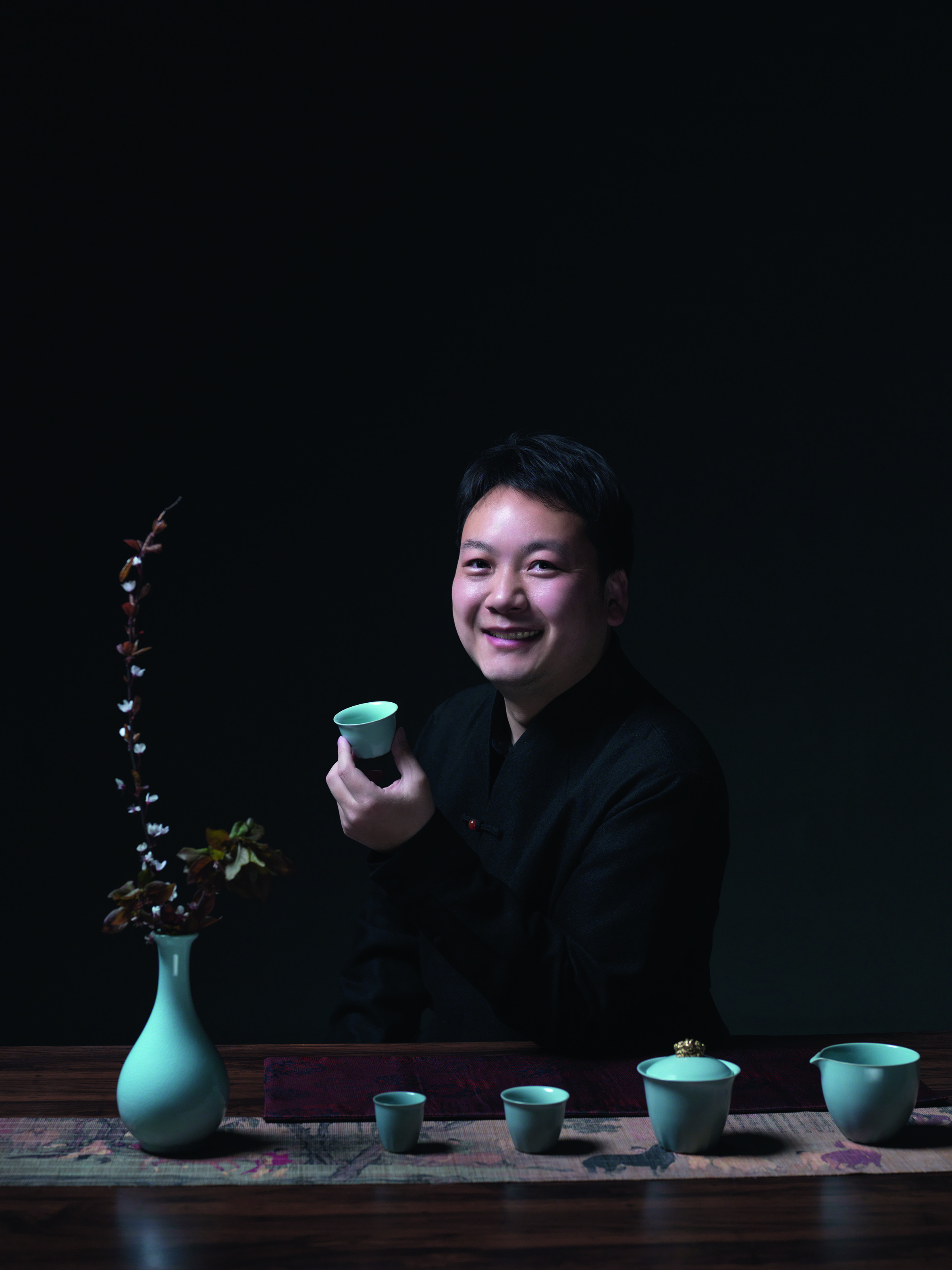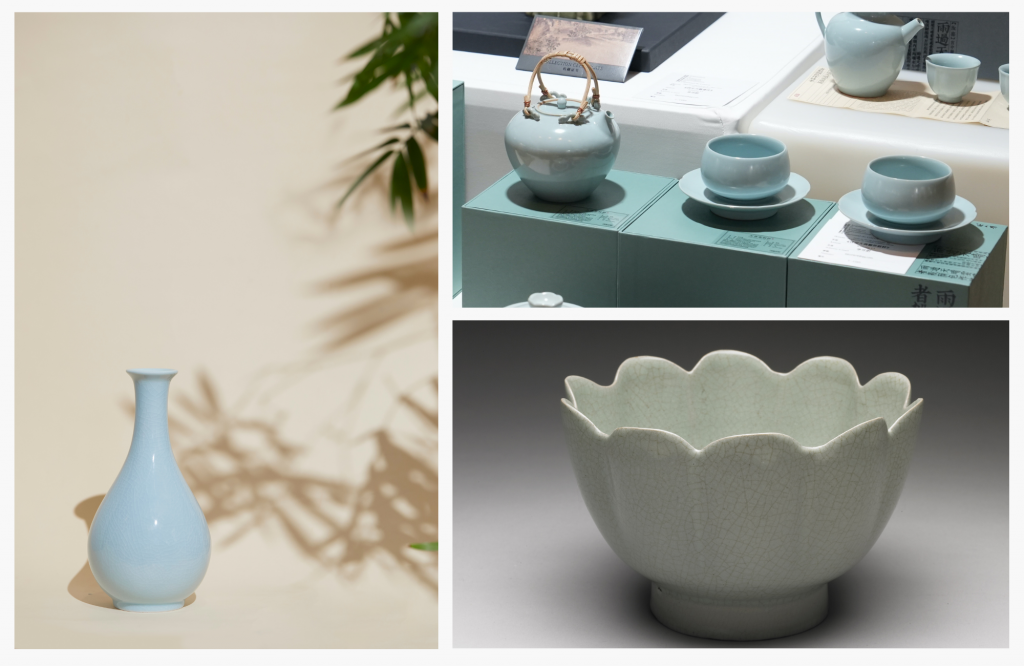
Brand Construction of Chinese Traditional Handicrafts in the We-Media era—A Case Study of “Rushanming”, a Ru Ware Brand
Share
Today at the head of his own Rushanming porcelain house, Keming Li (EMAC 2023) grew up in a family with expertise forgotten for more than 800 years: Ru porcelain. He began by fleeing this heritage, before making it prosper.
Keming Li carries with him an almost thousand-year-old heritage. Originally from Ruzhou, in Henan province, in western China, this professional entrepreneur and designer was born into a family of ceramicists mastering the art of Ru porcelain. Considered a Chinese national treasure , this craft existed only for a short period of the Song Dynasty (960-1127). Simple, elegant, these works are of a particular blue-green, designated by the word “Tianqing” in Chinese. “It’s the blue of the sky after the rain has passed ,” describes Keming Li poetically.
An art long declared lost. The period pieces are extremely rare – less than a hundred. After several attempts at reconstruction, it was from 1949, under the People's Republic of China, which wanted to put Chinese craftsmanship back in the spotlight, that Ru ceramic kilns made a comeback.

A Ru ceramic kiln, Rhuzou, Henan province, China.
“My family has been involved in this industry since I was a child,” he says. It was a familiar environment. » But how can we imagine a future in such a traditional sector? He who grew up in the middle of porcelain kilns cannot project himself. He left his native province to study design in Wuhan and took a position in Beijing in an interior design agency in 2012.
In 2015, he was asked to work on the annex of the American embassy in the Chinese capital, where he notably had to integrate Chinese ornaments similar to those of the Forbidden City . “Some are typical of the Qing dynasty, the Tang dynasty. It was there that I realized the richness of the heritage of my country and my region. “, he explains. His team must, among other things, use the familiar Ru porcelain.

Keming then decided to take a degree in ceramic art at the Beijing Fine Arts to reconnect with family crafts, before putting on his entrepreneurial hat and looking into the contemporary Ru porcelain market. “I thought we could try to transform Song Dynasty objects into everyday usable objects. » Why produce brush bowls if we no longer write with Indian ink? “Court objects were intended to serve the needs of the times and the society of the Song era. I tried to modernize things. »

With his brand Rushanming, he multiplies partnerships, with a local wine brand on the design of bottles for example, launches certain collections via crowdfunding and confirms his presence on the internet. Today, he embodies the third generation of the revival of Ru porcelain.

Ru porcelain vases, cups and teapots ©Rushanming
In 2023, he is integrated into the first cohort of the EMAC (Executive Media, Arts and Creation) program between HEC and Tsinghua University. “As a Chinese craft brand and heir to a craft, I was very interested in this program. » In France, he visited several renowned French houses specializing in Limoges porcelain, such as Bernardaud, and the Maison Louis Vuitton . “I wanted to understand how these companies were able to develop over the centuries , pass on their know-how from generation to generation, and remain dynamic today. »
His company has 28 employees and produces between 60,000 and 80,000 pieces per year . Keming Li porcelain is used as diplomatic gifts, particularly during visits by foreign heads of state to China. For his part, he wants to encourage intercultural cooperation in his industry and share the history of Chinese society through the artistic traditions of his country. Some of his pieces will also be visible this summer in Paris, for the 2024 Olympic Games.
